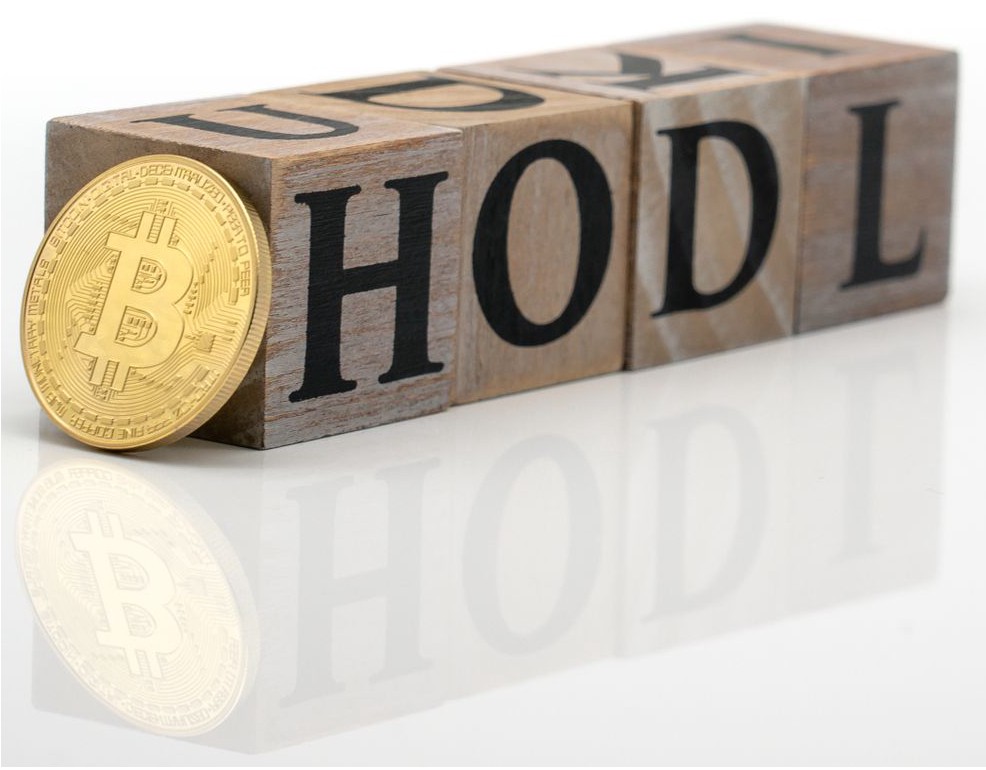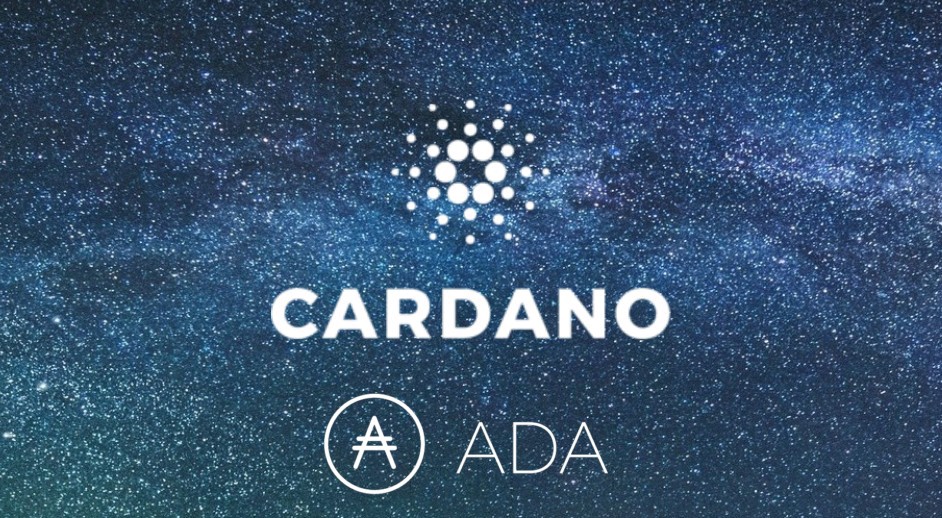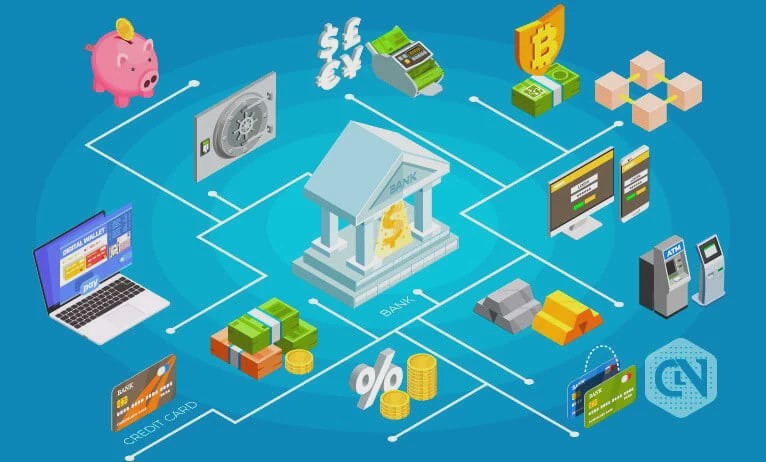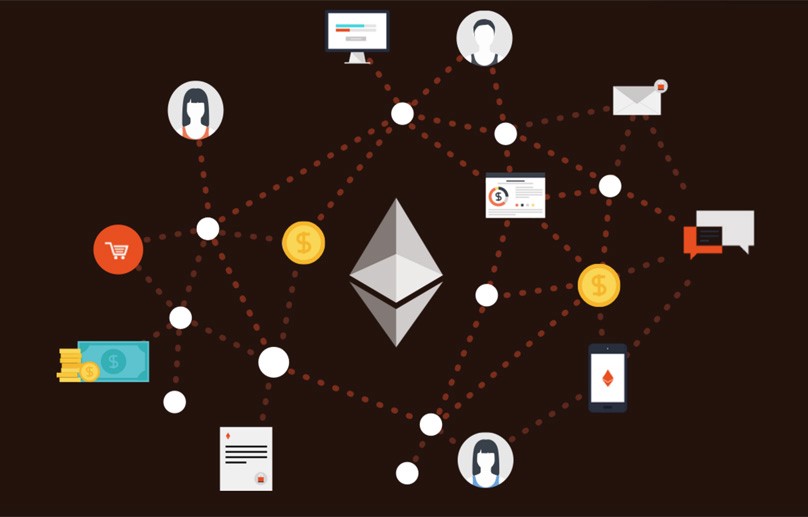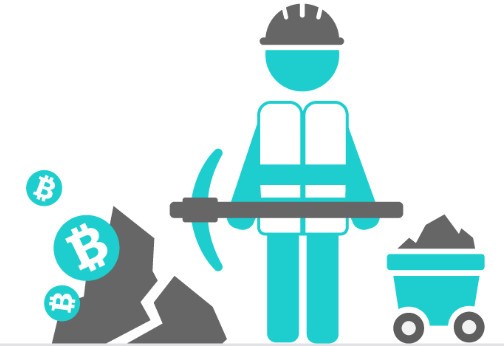
A stablecoin is a digital asset that is linked to a physical asset or fiat money. As a result, it is less volatile than other cryptocurrencies such as Bitcoin and Ethereum. The bulk of the 4000+ cryptocurrencies in existence in 2021 are not stable. This implies that they can change dependent on their market capitalization, the number of coins in circulation, the number of individuals investing, and other factors. Stablecoins originated in response to a market requirement for stability. They still use the same blockchain technology as other cryptocurrencies, but they have been designed so that their value does not fluctuate as much.
Types
There is some attraction to fiat currencies, which are backed by the full confidence and credit of the government that issued them. Fiat currencies benefit from some price stability because of this.
This, however, implies that many fiat currencies are essentially controlled by their central banks. Stablecoins are an attempt to bridge the gap between fiat currency and cryptocurrency. Stablecoins are classified into three types based on their operating processes.
- Fiat-Collateralized: Fiat-collateralized stablecoins keep a fiat currency reserve, such as the US dollar, as collateral in order to issue a sufficient amount of crypto coins. Other kinds of collateral can include precious metals like as gold or silver, as well as commodities such as oil, however most fiat-collateralized stablecoins nowadays employ dollar reserves. Such reserves are managed by independent custodians and are audited on a regular basis to ensure compliance. Tether and TrueUSD are popular crypto currencies with a value equal to one US dollar and are backed by dollar deposits.
Pros:
– Stable price
– Not prone to hack
Cons:
– Needs an auditor to make sure transparency is maintained
– Slow liquidation to fiat
- Crypto-Collateralized: Stablecoins that are crypto-collateralized are backed by other cryptocurrencies. Because the reserve cryptocurrency may be volatile, such stablecoins are over-collateralized — that is, a higher number of cryptocurrency tokens are kept as a reserve for releasing a smaller number of stablecoins.
Pros:
– More decentralized
– Quick and cheap liquidation — smart contracts
Cons:
– Not as price stable as the fiat baked stable coins
– Tied to the health of a particular crypto currency
– High complexity
- Non-Collateralized (Algorithmic): Non-collateralized stablecoins do not employ reserves but do feature a functional mechanism, like that of a central bank, to maintain a stable price. For example, the dollar-pegged basecoin employs a consensus process to increase or reduce token supply based on demand. Such operations are analogous to a central bank producing banknotes to sustain fiat currency values. It is possible to do this by deploying a smart contract on a decentralized platform that can run autonomously.
Pros:
– No collateral required
– Most decentralized and independent
– Not tied to any crypto or fiat
Cons:
– Complex to implement as deeper understanding of finance, economics, technology and cryptography knowledge is required to think along these lines.
Advantages
Stablecoins are gaining popularity due to their promise of a more stable cryptocurrency choice. These are the crypto market’s safe bets, with support that prevents them from plunging overnight. But that’s not the only advantage of stablecoins; they also have a broader appeal, which means they’re more likely to get ingrained in society. As a result, it’s less of a risk for investors and early adopters, who can reasonably trust that the money they put into the currency isn’t going to vanish.
When the general public hears about a certain stablecoin, it is simpler to disseminate it and its effect since it is backed by a physical asset. The normal user is more likely to believe a currency that is the digital equal of a dollar than some transitory digital coin.
The presence of this anchoring feature elevates stablecoins from a mysterious new technology to something that even your grandmother could use. This has the potential to dampen the euphoria a little, because few young tech disruptors will be keen to share their preferred money with the older generation, because that’s just not hip enough. But, let’s be honest, hype hasn’t been doing a great job of keeping other cryptos afloat thus far.
Furthermore, stablecoins are a better choice for speedy transactions than options like Bitcoin and its rivals. The consistent pricing, quick turnaround, and accelerated processing make it suitable for paying for groceries or ordering pizza. The key method of grabbing market attention is to embed stablecoins in daily life and make them function for the user, which has shown to be effective so far.
Problems
Stablecoin, although being a hopeful development in the crypto industry, is not without its drawbacks. There’s no getting around the reality that many of the best stablecoins forego decentralization in favor of the same stability that makes people want them. This, in and of itself, contradicts the original ideology of cryptocurrencies and puts the market at risk of monopolization or cornering.
To be sure, some solutions advocate for decentralization while still attempting to retain the objectives of crypto’s creators. Those, however, confront the challenge of obtaining adequate funding. Essentially, if you rely on a bank to handle collateralization, you may anticipate value stability but at the expense of decentralization. Similarly, crypto-backed stablecoins are decentralized, but they must make certain concessions in terms of stability.
It’s always a balancing act, and not every business can pull it off.
Last but not least, while a crash in the underlying currency or asset is less likely than one in the crypto market, it is nevertheless possible. Stablecoins are not immune to nationwide currency value drops, which have historically occurred all over the world, thus they are not immune .However, if you have analytics on your side, you can generally detect this type of disaster well in advance. Just keep in mind that stablecoins aren’t magically guaranteed to remain stable indefinitely, and you’ll be OK.
Wrap up
Stablecoins are similar to traditional currencies, with the exception that they do not have any centralized qualities and instead utilize smart contracts and blockchain, which are written in computer code, to replace the functions of traditional investment and currency platforms. Finally, stablecoins provide greater benefits in terms of hedging the value as well as many methods to invest in DeFi-based smart contracts. Stablecoins eliminate centralization and become the bridge between the real economy and the encrypted economy, allowing users to focus solely on their earning strategy and never worry about the fluctuation in the crypto world.
